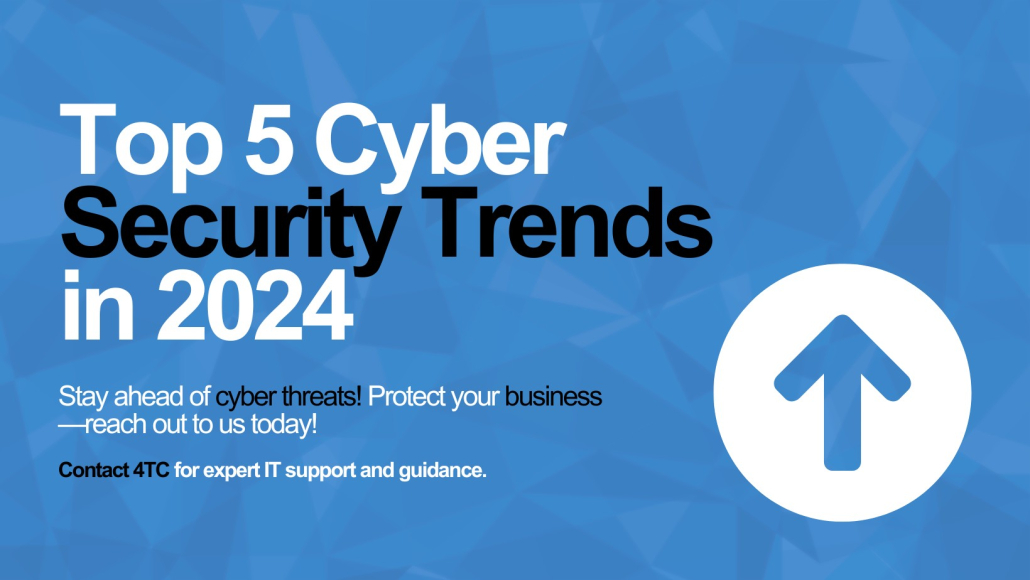Data Breach Recovery: Steps to Take When Your Information is Compromised
How recently did your business experience a data breach? With cybercriminals constantly improving their methods, even the most vigilant businesses can find themselves vulnerable. However, a well-executed recovery plan can minimise the damage, restore operations, and rebuild trust.
This blog will walk you through the essential steps to take after a data breach. We’ll also highlight how our comprehensive IT support can simplify the process to ensure your business recovers swiftly and efficiently.
What to Do After a Data Breach
Recovering from a data breach can feel overwhelming, but taking the right steps can make all the difference. Let’s dive into how businesses can minimise damage and restore operations efficiently:
1. Pinpoint the Problem and Contain It
According to an online report, last year, the global average time to identify a data breach was 194 days; meanwhile, it took an additional 64 days to contain the breach. When your business experiences a data breach, identifying how the breach happened should be a priority. Ask, was it due to a phishing attack, a weak password, or an outdated system vulnerability?
Once identified, your next focus should be to contain it from spreading any further. To achieve this, disconnect affected devices from the network, disabling compromised accounts, or shutting down certain systems temporarily. To minimise continued disruption, it’s crucial to act swiftly. Every moment the breach remains active increases the risk of further data loss.
2. Understand the Full Extent of the Damage
The next step is to assess what has been compromised, but only after all immediate threats are contained. This is where you find out if sensitive customer information has been exposed, and if so, how much. Also, have internal files or financial records been accessed?
A thorough audit will help you prioritise what needs immediate attention. Make sure to take the time to understand who might be impacted by this. It could be customers, partners, or employees. This step helps guide your next actions and ensures your response is appropriately targeted.
3. Inform Those Affected Promptly
It’s important to be transparent when dealing with a breach. Notify all affected parties, such as customers or stakeholders, as soon as possible. Be clear about what happened, what data may have been compromised, and what steps are being taken to address the issue.
For businesses in industries with regulatory obligations, such as GDPR compliance, you must also inform the relevant authorities within the required timeframe. Clear, concise communication can help maintain trust during a challenging time.
4. Start the Recovery Process
Once those affected have been informed, it’s time to focus on recovery. Working with a trusted IT provider can offer you the expertise you need to guide your business through this process. This may involve:
- Restoring lost or corrupted data from secure backups.
- Patching vulnerabilities in your system to prevent repeat attacks.
- Strengthening passwords and access controls, such as enabling multi-factor authentication.
- Deploying advanced security tools like firewalls and endpoint protection to safeguard your systems.
5. Learn from the Incident to Prevent Future Breaches
Finally, by this point, the urgent actions have been taken, and the breach is over. Now, it’s vital to conduct a post-breach analysis. Look at how the breach occurred and identify any gaps in your security policies or processes. This could include reviewing user training, implementing new technologies, or introducing stricter access controls.
An IT support provider can conduct a full security assessment and provide disaster recovery recommendations to make your systems more resilient. By learning from the breach, you’ll strengthen your defences and instil confidence in your customers and partners.
Simplifying Recovery with 4TC
Dealing with a data breach can be overwhelming. That’s why, at 4TC, we provide comprehensive IT support that is designed to provide businesses with simple, yet efficient recovery solutions tailored to their individual needs.
- Rapid Response: Our experts work quickly to contain the breach and minimise damage.
- Data Restoration: Using secure backups, we ensure your critical data is restored without unnecessary delays.
- Proactive Prevention: We identify the root cause of the breach and strengthen your IT systems to prevent similar incidents.
- Ongoing Support: Whether it’s monitoring your systems or providing cyber security awareness training, we’re here to help your business stay secure.
Ready to Strengthen Your Defences?
Recovering from a data breach is no small feat, but with the right steps and support, businesses can bounce back stronger than ever. From identifying and containing the breach to implementing proactive measures, trusted IT providers, like us, play a crucial role in ensuring a smooth recovery.
Contact us today to learn more about our IT support and recovery services..











